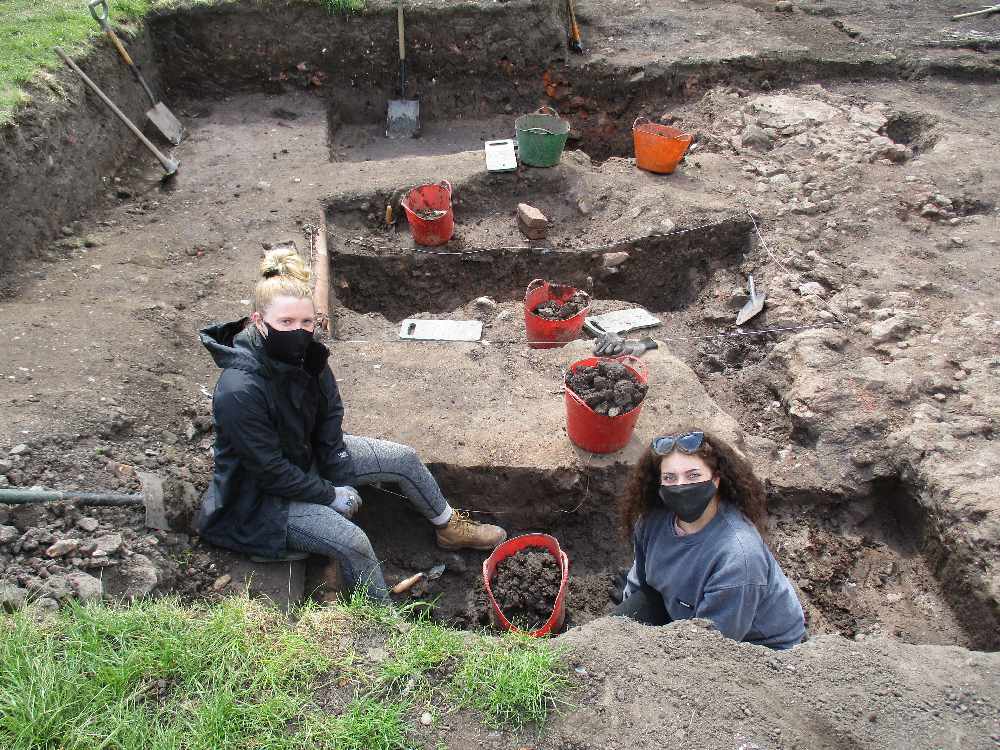
The annual archaeological excavations in Chester’s Grosvenor Park have returned for four weeks until 14 May, run by Cheshire West and Chester Council in partnership with the University of Chester.
Maria Byrne, Cheshire West and Chester Council’s Director, Environment and Communities said: “The excavations are part of a project to discover more about the landscape that surrounded Chester’s Roman Amphitheatre and the impact of the abandoned amphitheatre on the development of the area now occupied by the Church of St John the Baptist and Grosvenor Park.
“The excavation enables second year archaeology students to gain valuable practical experience and has been revealing new information about Chester’s archaeology.
“Thanks to Ringway for their generous support in making both a JCB and dumper truck available to this project and the staff of Grosvenor Park for making the facilities of the park available for the excavation.”
Visitors are welcome to view the work and ask questions from a safe distance. Monday to Friday 9.30 am to 12.30 pm and 1.30 pm to 4.30pm.
Distancing and cleaning measures will make sure the excavation takes place with Covid safe procedures in place and after months of studying and working at home the students and archaeologists from the Grosvenor Museum and L – P : Archaeology are pleased to be working in the Park and engaging with the local community.
The discoveries so far show this part of the Park was certainly busier than it is today. A Roman road led across the Park towards the Amphitheatre, a very large Saxon ditch appears to have run north to south and a medieval ditch bordered a large medieval building, probably part of the hospital and chapel of St. Anne which stood in the precinct of St John’s church. In the late 16th century Sir Hugh Cholmondeley converted these buildings into a grand house that was later destroyed in the English Civil War.
Dr Caroline Pudney, University of Chester said: “We’re so pleased that it has been possible for our students to undertake their practical fieldwork training in Grosvenor Park. We are immensely proud to be involved in something positive during the pandemic through the students’ continuing and valuable role in uncovering less-understood elements of Chester’s heritage. This excavation leads to a new and important understanding of the city’s past and creates an opportunity for our ‘Citizen Students’ to work in partnership with local heritage organisations to generate a broader appreciation of local, national and global histories.”
This year’s excavation will be asking:
- Is there any evidence for pre-historic buildings or farming such as was found at the Amphitheatre?
- Were there any buildings by the side of the Roman road?
- Was the Saxon ditch part of a fortification?
- Does the medieval ditch continue across the Park and when was it dug?
- What was happening in this corner of St John’s precinct in the later medieval period?
- What changes did Sir Hugh Cholmondeley make when he first bought the land?
The students will be posting updates throughout the excavation from the social media channels of the History and Archaeology Department and the Grosvenor Museum (@HistArchChester on Instagram and Twitter and @ArchaeologyChester on Facebook; @cwacmuseums on Twitter and @GrosvenorMuseumAndStrettonWaterMill on Facebook).
Pictured - Grace and Sian excavating the medieval ditch


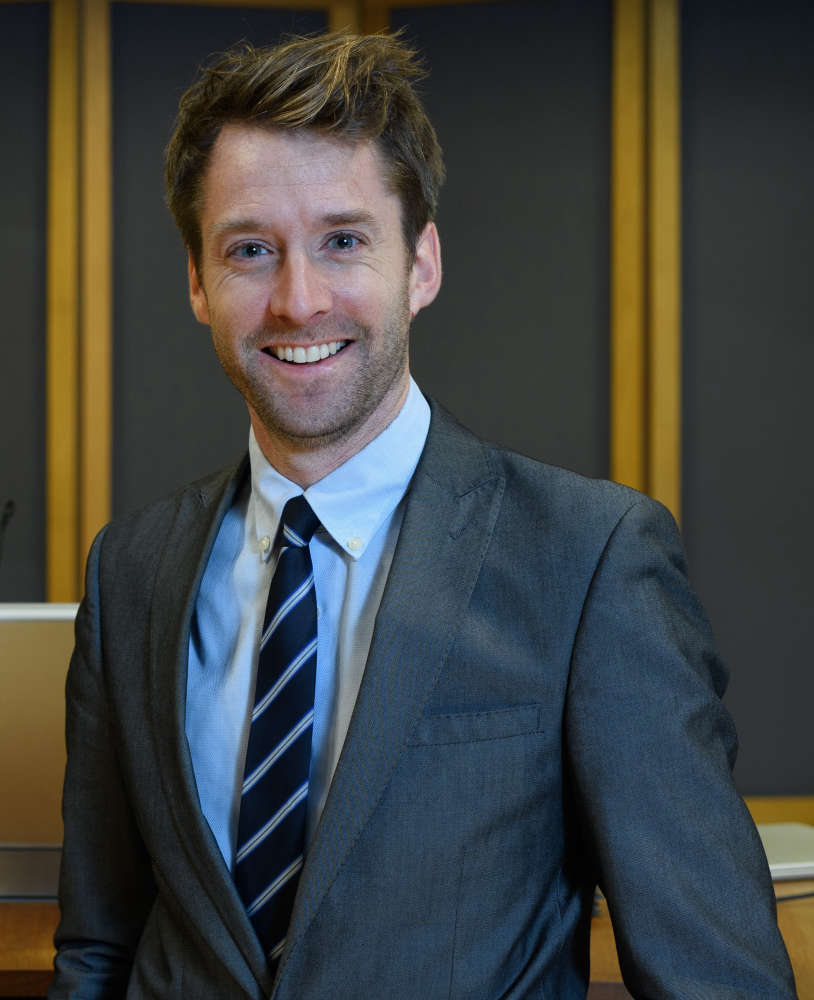 Shocking school absence rates spark concern in North Wales
Shocking school absence rates spark concern in North Wales
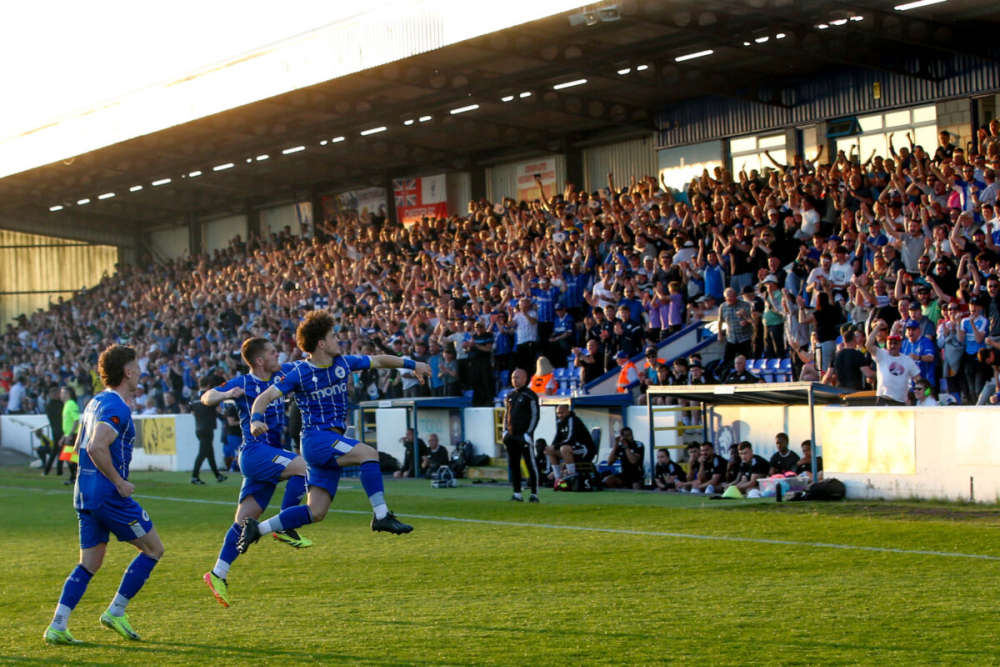 National League North fixtures have been announced
National League North fixtures have been announced
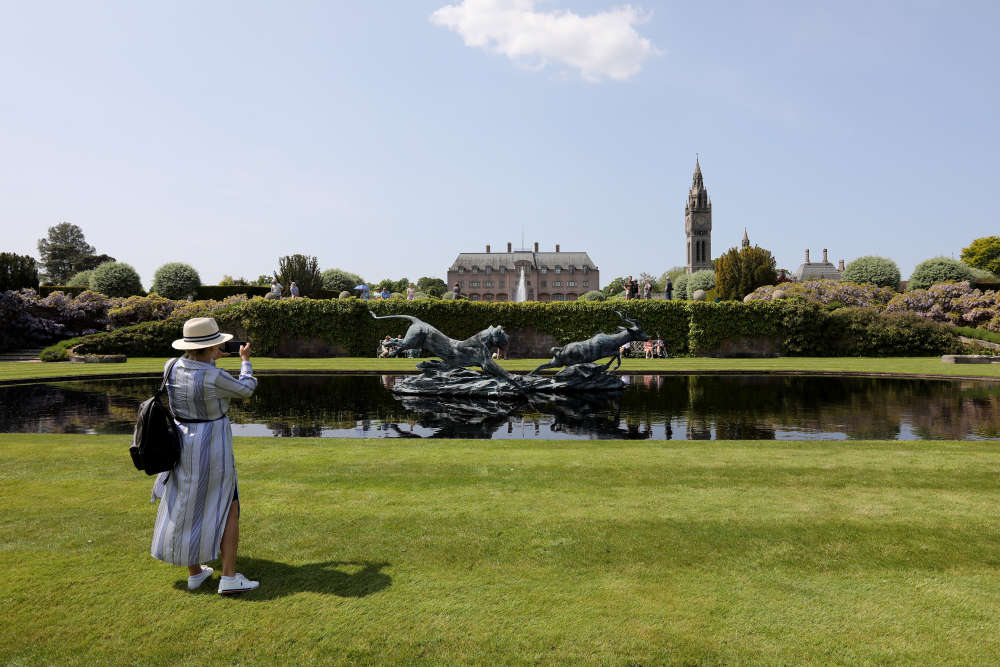 Grosvenor Garden Open Day this Sunday
Grosvenor Garden Open Day this Sunday
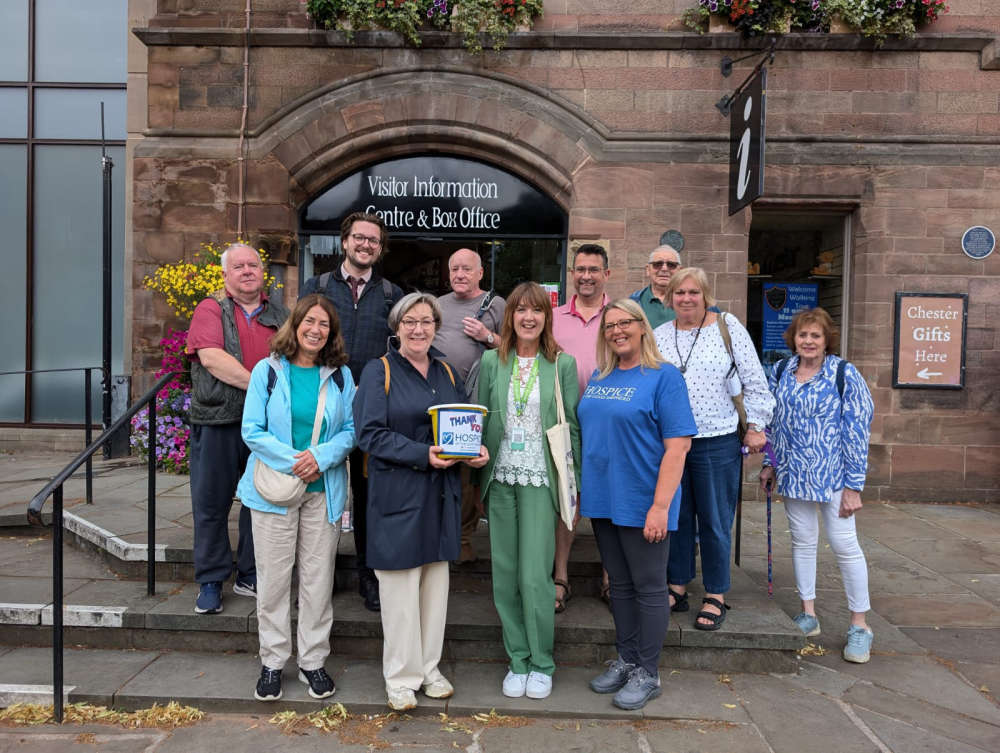 Stepping through Chester’s history raises funds for the Hospice of the Good Shepherd
Stepping through Chester’s history raises funds for the Hospice of the Good Shepherd
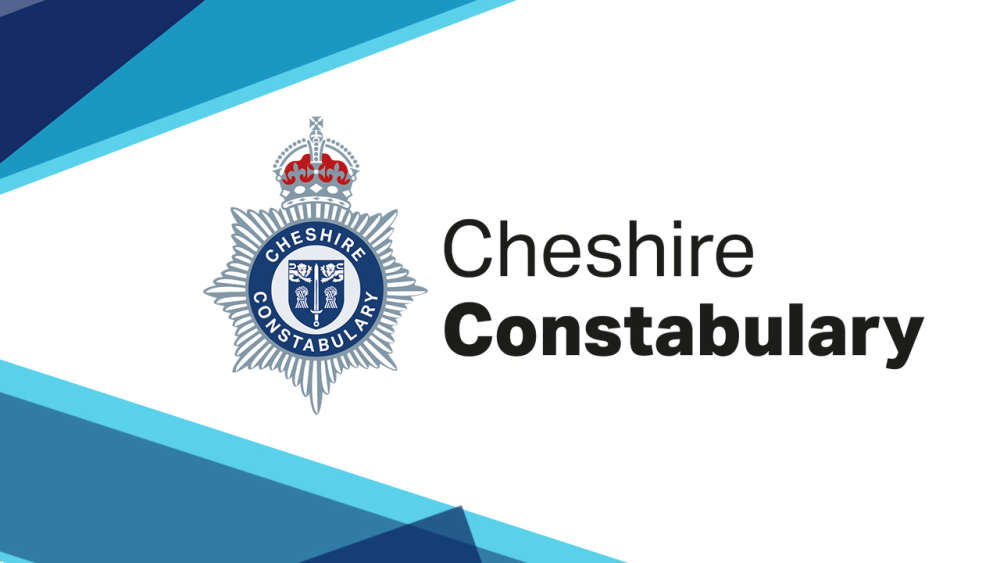 Ellesmere Port man charged with rape and assault
Ellesmere Port man charged with rape and assault
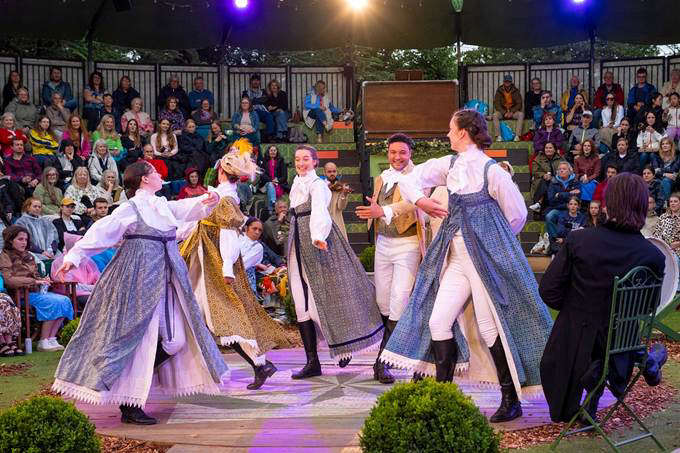 GROSVENOR PARK OPEN AIR THEATRE NOW OPEN
GROSVENOR PARK OPEN AIR THEATRE NOW OPEN
 ESA Astronaut John McFall to visit Jodrell Bank
ESA Astronaut John McFall to visit Jodrell Bank
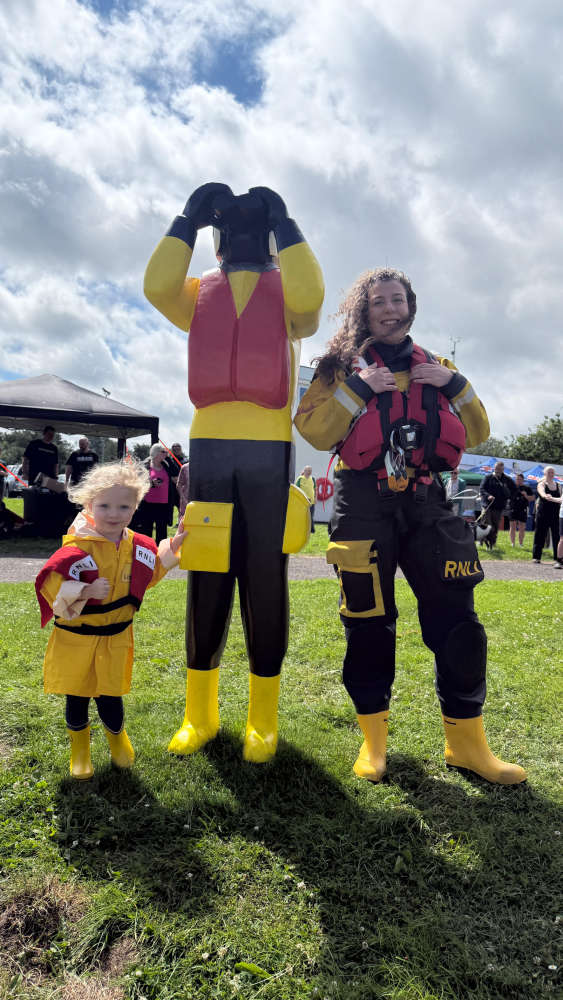 Busy fundraising weekends for Flint RNLI
Busy fundraising weekends for Flint RNLI
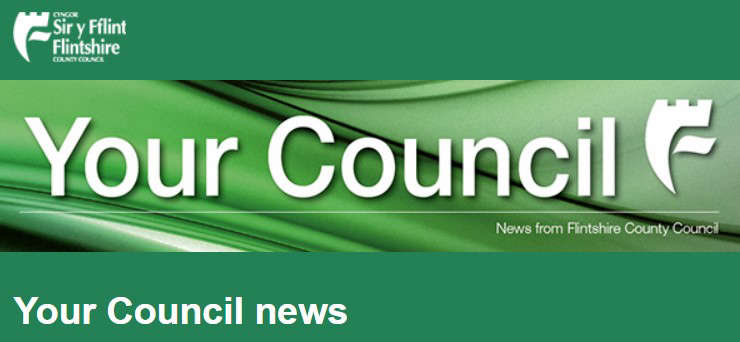 Flintshire’s Third Sector Community Chest
Flintshire’s Third Sector Community Chest
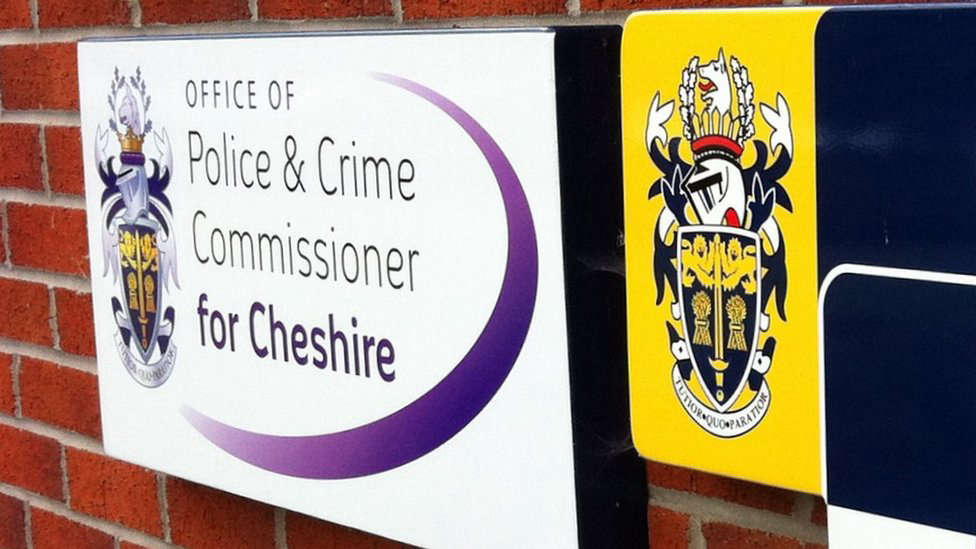 Chester summer activities get their share of £50k cash boost
Chester summer activities get their share of £50k cash boost
 Scholarships on offer at the Gladstone’s Library in Hawarden
Scholarships on offer at the Gladstone’s Library in Hawarden
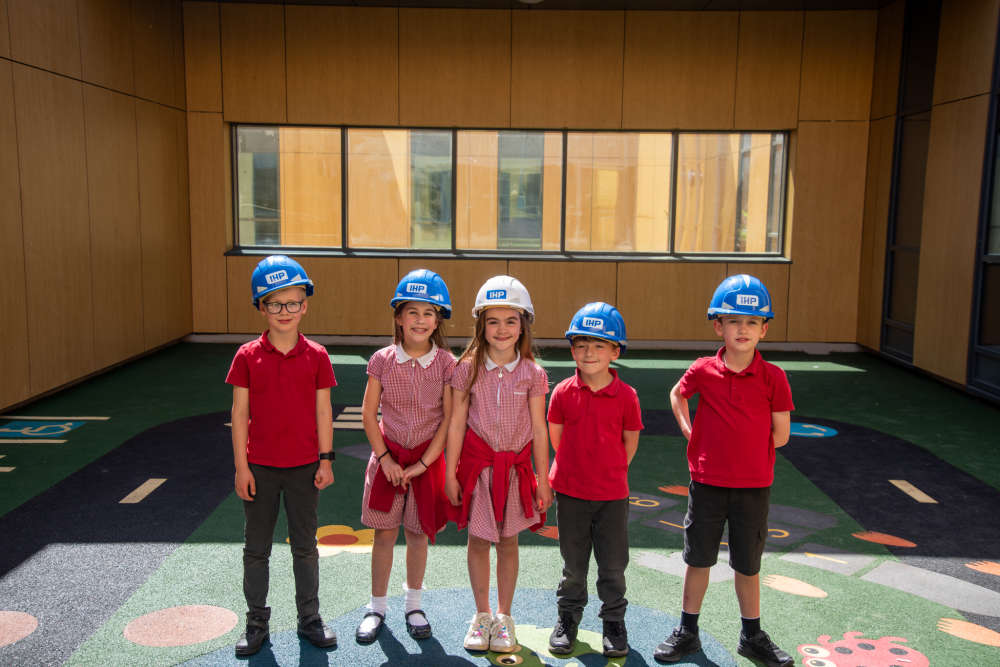 Countess of Chester Hospital unveils new play areas coming soon
Countess of Chester Hospital unveils new play areas coming soon
 Chester-based Community Centre receives funding support to renovate Victorian building
Chester-based Community Centre receives funding support to renovate Victorian building
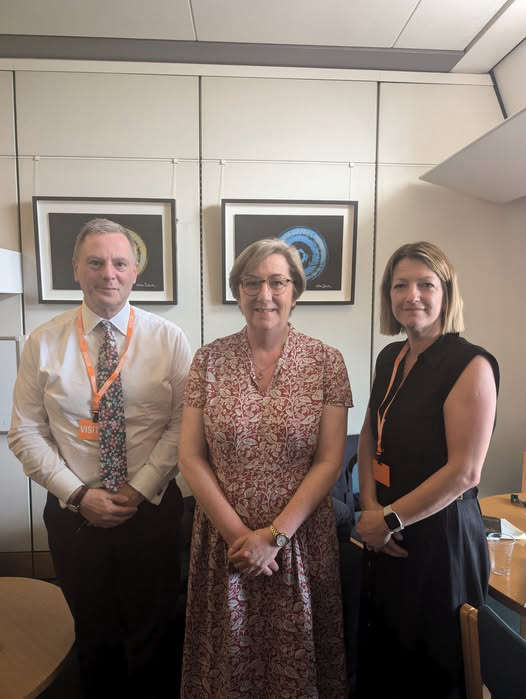 Local MP Meets Sanctuary Housing Leadership to Tackle Housing Issues in Chester North and Neston
Local MP Meets Sanctuary Housing Leadership to Tackle Housing Issues in Chester North and Neston
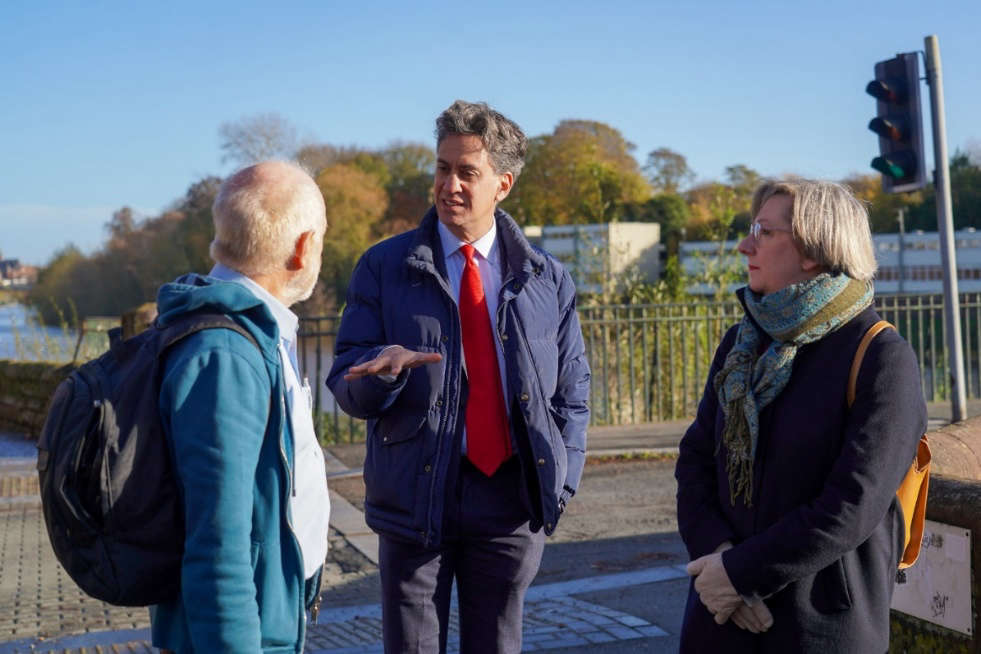 New Plans and Survey for Hydro Hub in Chester
New Plans and Survey for Hydro Hub in Chester
 People encouraged to have their say on the future of a North Wales hospital
People encouraged to have their say on the future of a North Wales hospital
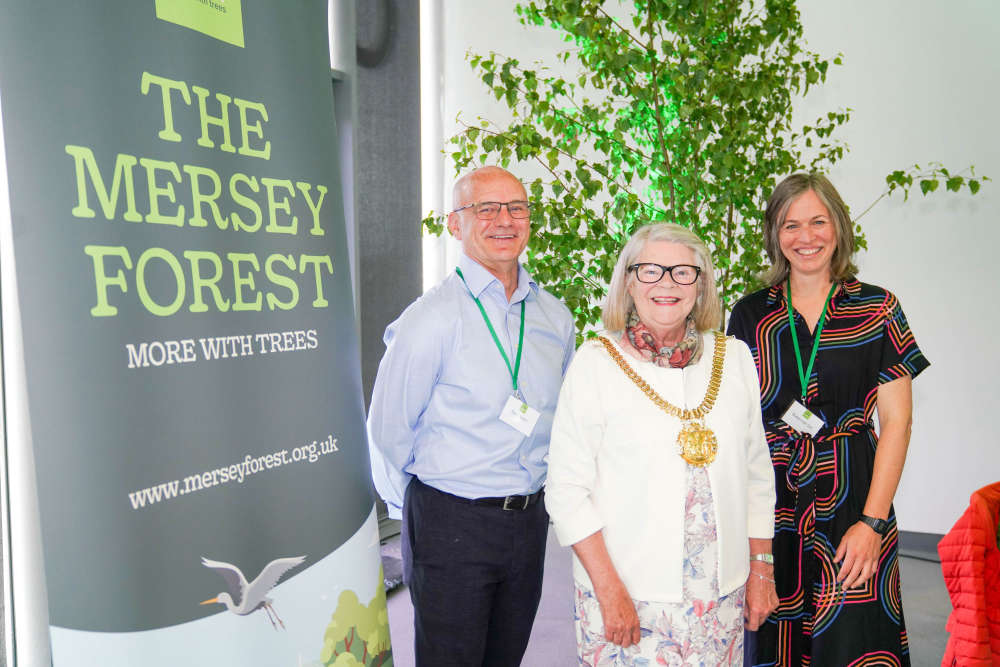 Bumper tree planting season is delivering for people, nature and climate
Bumper tree planting season is delivering for people, nature and climate
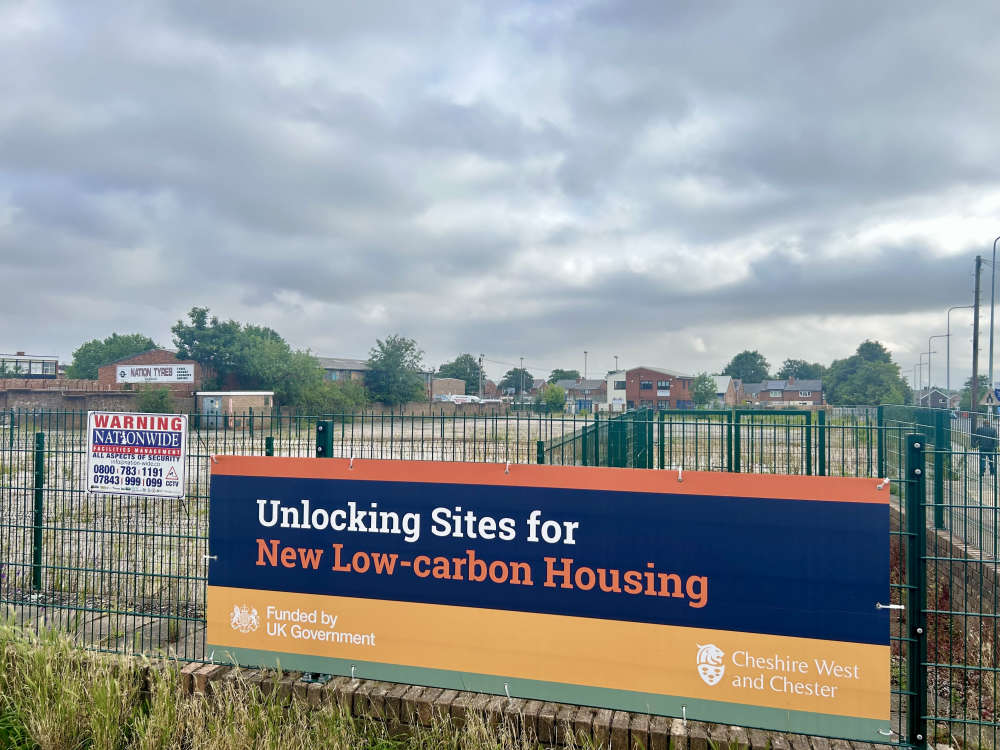 Demolition marks milestone in Ellesmere Port regeneration
Demolition marks milestone in Ellesmere Port regeneration
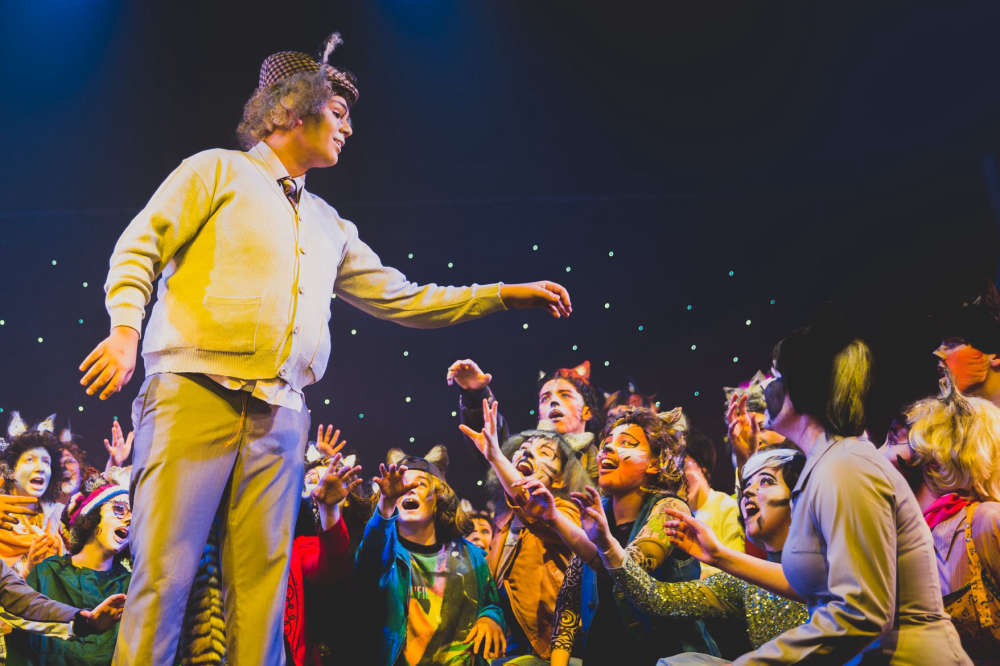 MUSICAL SHELVED BY PANDEMIC FINALLY SET TO BE STAGED AT STORYHOUSE
MUSICAL SHELVED BY PANDEMIC FINALLY SET TO BE STAGED AT STORYHOUSE
Comments
Add a comment